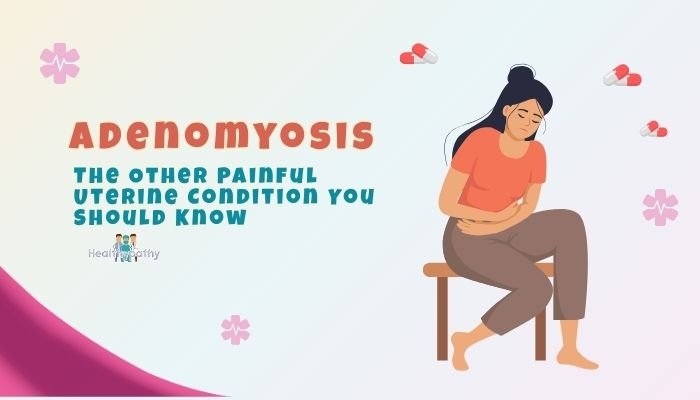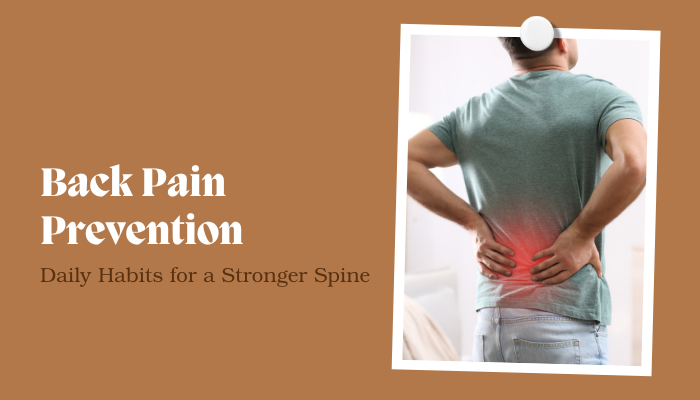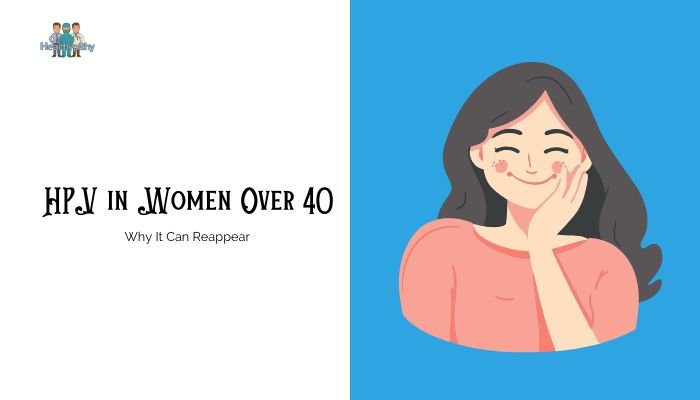Introduction
Many people are familiar with endometriosis—where tissue resembling the uterine lining grows outside the uterus—but there’s another condition you should know: adenomyosis. In this disorder, the same kind of tissue develops within the uterine muscle wall itself, causing painful and heavy periods, as well as an enlarged uterus.
While the two conditions can coexist or exhibit similar symptoms, adenomyosis involves a distinct pattern of uterine infiltration. This guide explains how adenomyosis manifests, why it causes pain and abnormal bleeding, and what treatment options might alleviate symptoms.
Understanding Adenomyosis
What Exactly Is Adenomyosis?
Adenomyosis occurs when endometrial glands and stroma (the tissue that lines the uterine cavity) embed themselves into the myometrium—the muscular layer of the uterus. With each menstrual cycle, these cells swell and bleed inside the muscle, leading to chronic inflammation and potential uterine enlargement.
Adenomyosis vs. Endometriosis
Although sometimes confused with endometriosis, there’s a key distinction:
- Endometriosis: Tissue resembling the uterine lining is located outside the uterus (e.g., on ovaries, fallopian tubes, or pelvic organs).
- Adenomyosis: The tissue grows within the muscle wall of the uterus itself.
Both conditions can cause severe menstrual pain, but adenomyosis typically produces a characteristic “globally” enlarged uterus and can be definitively confirmed via imaging or, in some cases, histopathology after a hysterectomy.
Common Signs and Symptoms
- Intense Pelvic Pain or Cramps: Menstrual pain may worsen as adenomyosis progresses.
- Heavy or Prolonged Bleeding: Many women notice soaking through pads or tampons more quickly, or periods lasting beyond a week.
- Chronic Pelvic Discomfort: Some experience persistent dull aches, especially during intercourse or just before menstruation.
- Uterine Enlargement: You might feel that your lower abdomen is slightly bulky or tender on physical exam.
Not everyone with adenomyosis has debilitating symptoms, but those who do often face significant disruptions to daily life.
Causes and Risk Factors
Potential Theories
While the exact cause of adenomyosis remains somewhat unclear, researchers propose:
- Invasive Tissue Growth: Endometrial cells penetrate into the uterine muscle, possibly through the basal layer.
- Developmental Origins: Some tissues might be misplaced during fetal development.
Risk Factors
- Age: Adenomyosis commonly affects women in their 40s and 50s, but it can appear in younger women.
- Parity: Having given birth could increase susceptibility, as uterine changes during pregnancy might facilitate infiltration of endometrial cells.
- Previous Uterine Surgery: C-section or other uterine surgeries may create pathways for tissue infiltration.
Diagnosis and Evaluation
Clinical Assessment
Physicians consider adenomyosis if you have worsening dysmenorrhea (painful periods), heavy menstrual bleeding, and an enlarged or tender uterus on pelvic exam. However, these signs can overlap with other conditions (e.g., fibroids).
Imaging
- Ultrasound: Transvaginal ultrasound can reveal thickened areas or heterogeneous muscle layering, though it may not always be definitive.
- MRI: Magnetic resonance imaging provides clearer detail, making it a superior tool for diagnosing adenomyosis in many cases.
Final Confirmation
In rare scenarios, the condition is definitively diagnosed only after a hysterectomy and pathological examination of the uterus. However, imaging typically suffices for a working diagnosis.
Managing and Treating Adenomyosis
Pain Management
- NSAIDs: Nonsteroidal anti-inflammatory drugs (ibuprofen, naproxen) can reduce menstrual pain and cramps.
- Heat Therapy: Heating pads or warm baths help relax uterine muscle spasms.
Hormonal Therapies
Since adenomyosis depends on hormonal signaling, treatments may involve:
- Combined Oral Contraceptives: Can regulate or lighten menstrual bleeding.
- Progestin-Only Methods: IUDs with levonorgestrel or continuous progestin pills to manage bleeding and pain.
- GnRH Agonists: Temporarily reduce estrogen, sometimes used for severe cases, though side effects limit long-term usage.
Uterine Artery Embolization (UAE)
Originally used for fibroids, UAE shrinks abnormal tissue by cutting off its blood supply. Some find relief from heavy bleeding and pain, though success rates vary.
Surgery
- Conservative Surgery: For focal adenomyomas, some surgeons remove the diseased portion while preserving the uterus.
- Hysterectomy: In advanced or persistent cases, complete removal of the uterus may be the definitive solution. A partial or full hysterectomy eliminates adenomyosis-induced bleeding and pain but, obviously, ends fertility.
Living with Adenomyosis
Coping Strategies
- Track Your Cycles: Using apps or a journal to note pain levels, medication effectiveness, or triggers.
- Lifestyle Adjustments: Balanced diet and regular exercise may reduce inflammation, while stress management helps control pain perception.
- Support Systems: Connecting with others experiencing adenomyosis fosters emotional well-being and shares coping tips.
Fertility Considerations
Adenomyosis can complicate conception and pregnancy, although many women with the condition still conceive successfully. Pre-pregnancy consultations with fertility specialists or maternal-fetal medicine experts are often helpful to develop a safe plan.
Conclusion
While adenomyosis may not be as widely recognized as fibroids or endometriosis, it can cause significant menstrual pain, heavy bleeding, and quality-of-life challenges. Diagnosis typically involves imaging studies like ultrasound or MRI, with hormone therapy, pain relievers, and surgical approaches offering potential symptom control. Addressing adenomyosis promptly and holistically—through lifestyle changes, medical interventions, or supportive networks—can help women manage pain, reduce heavy periods, and maintain a fulfilling daily life. If you suspect adenomyosis or struggle with persistent pelvic pain, consult a healthcare provider to discuss your diagnostic and treatment options.
References
- American College of Obstetricians and Gynecologists (ACOG). Adenomyosis: clinical guidelines. 2021.
- Bird CC, McElin TW, Manalo-Estrella P. The elusive adenomyosis: epidemiology, pathology, and clinical correlation. Am J Obstet Gynecol. 1972;112(4):583–593.
- Vercellini P, Consonni D, Dridi D, et al. Uterine adenomyosis and its effect on fertility and obstetric outcomes. Fertil Steril. 2014;102(4):1117–1125.
- Dueholm M. Adenomyosis and imaging. Best Pract Res Clin Obstet Gynaecol. 2006;20(4):569–586.
- World Health Organization (WHO). Reproductive health guidelines for adenomyosis. 2020.







